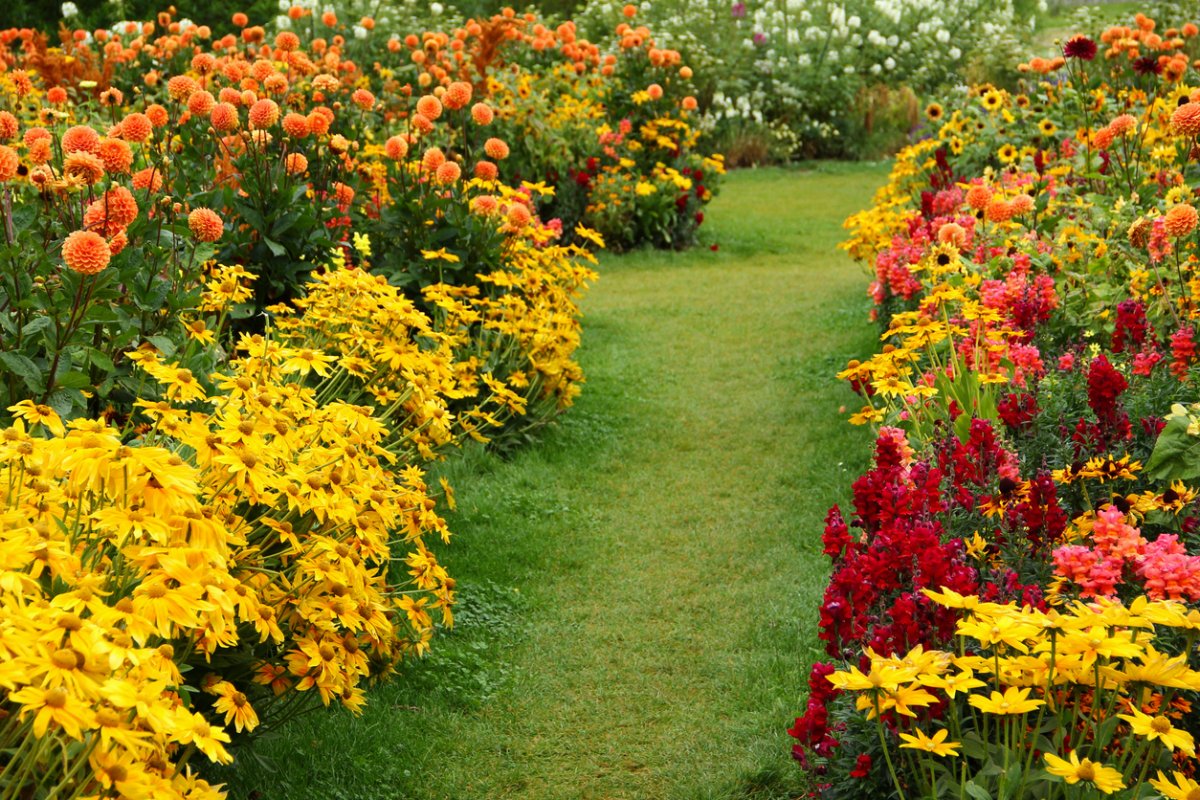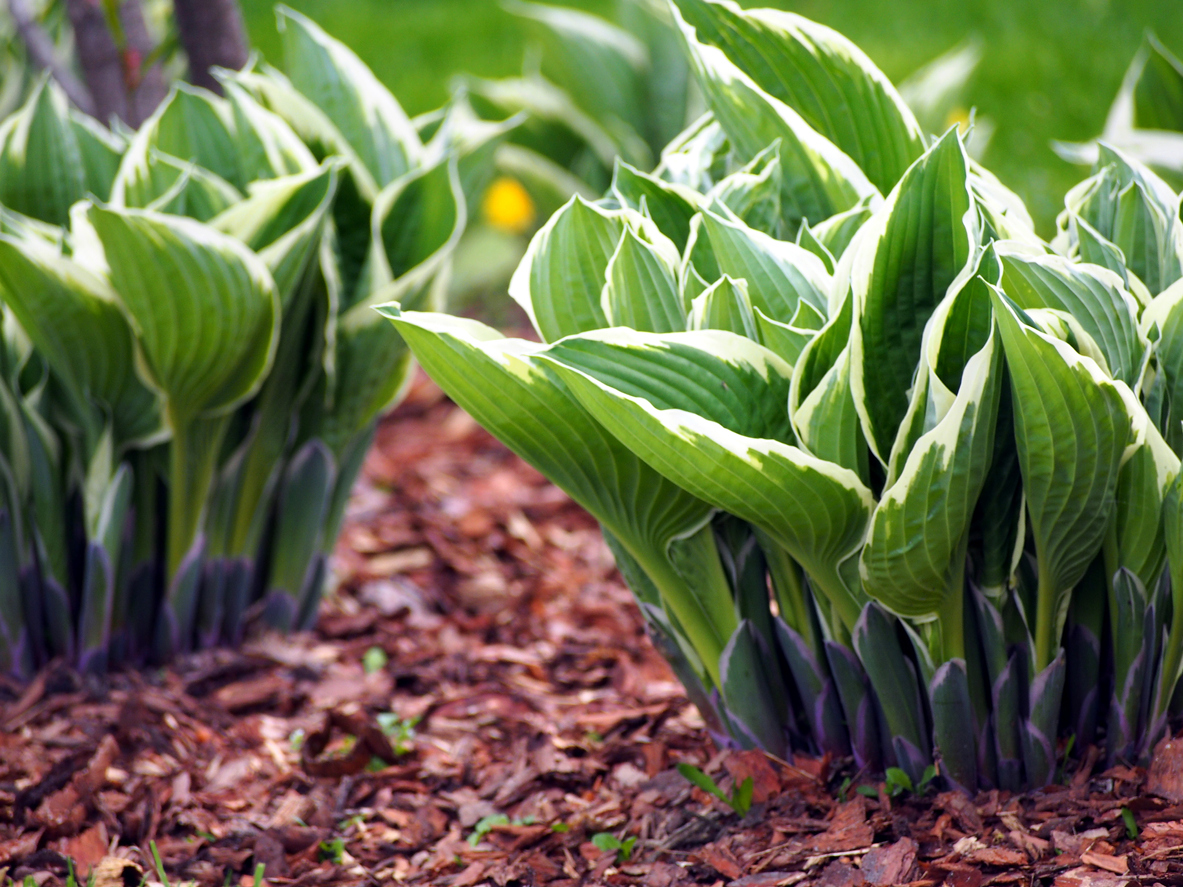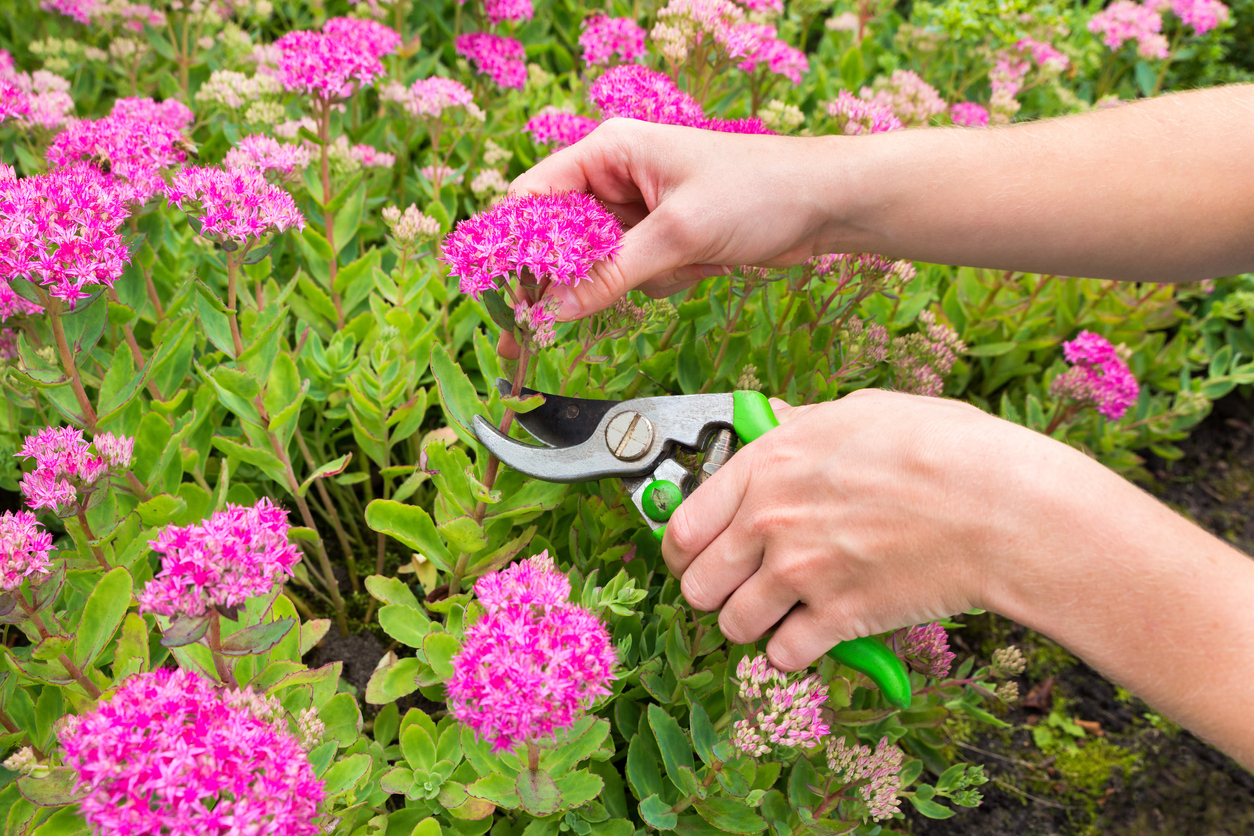

We may earn revenue from the products available on this page and participate in affiliate programs. Learn More ›
Q: I recently moved into a new house and want to start a garden. When browsing plants at my local nursery, I noticed that some were marked “annual plants” and others, “perennial plants.” I understand that an annual plant dies at the end of every growing season and has to be replanted the following year, but what is a perennial?
A: You have caught on to the difference between annual and perennial plants! While annuals live for just one growing season, perennials are plants that can survive in the garden for at least two growing seasons. They die back in the winter and then, as if by magic, they return lush and renewed, ready for another go at life. These plants manage to survive because their roots can weather the winter climate in their hardiness zones.
A garden filled with perennial plants is a lot less work than one that’s mostly annuals. While there’s still work to be done in a perennial garden—pruning and weeding, for example—there’s no need to replant everything each year. (Replanting annuals every year can get expensive, too.) While buying and planting perennials can be more of an investment at the outset, many are also easy to divide, which makes it fun to share free plants with neighbors and friends. Read on to learn more about exactly what is a perennial plant, and how to incorporate these plants into your garden.
RELATED: 12 Perennial Vegetables to Plant for Years of Fresh Produce
A perennial is a sturdy plant that blooms once per year.
Unlike many annuals, some of which can bloom all season long, perennials bloom once a year—many, at specific times of the year. Thanks to their vibrant foliage, these plants still make attractive contributions to gardens even outside of their flowering periods.
- May, spring blooms: peony, oriental poppy
- June, early summer blooms: astilbe, purple coneflower
- July, summer blooms: hosta, Russian sage, garden phlox, butterfly weed
- August, late summer blooms: black-eyed Susan, garden mum
The secret to a stunning perennial garden is to choose varieties that bloom at different times, which ensures that your yard will pop with color all spring and summer, and pollinators and other garden critters will have continual access to food. Don’t be disappointed if your newly planted perennials don’t bloom right away, though. You might need to wait a year or two to see them in their full glory.
RELATED: The 20 Best Winter Plants for Year-Round Curb Appeal

Learn your hardiness zone before selecting perennial plants for your yard.
Perennials don’t last forever, but many can hang on for years if properly cared for. The other thing to remember is that not all perennial plants can survive the winter in every USDA hardiness zone, which is why it’s important to know which zone you live in and select plants accordingly. Plants that may be perennial further south may not survive in the blustery northeast. Dahlias, for instance, are perennial in the southern U.S. but won’t last the winter further north. If you’re buying a perennial plant from a nursery, check its label to confirm whether it’s perennial in your zone.
It’s important to water newly planted perennials deeply and regularly to help them establish a robust root system. Keeping out weeds is also essential to their well-being. Fertilizing isn’t too big a worry, though. Most people are more likely to overfertilize their perennials, which can keep them from producing flowers.
RELATED: 15 Perennial Herbs to Grow for Years of Fresh Flavor, Pest Control, and Cleaning Supplies

Plant perennials where they’ll thrive.
Though some perennials live for just 3 to 5 years, many can live much longer. The key to sustaining these come-back-again plants is to plant them where they are most likely to thrive. While perennials can be hardier than their annual cousins, you’ll still need to choose a site that accommodates each plant’s needs. Lots of perennials are happy in partial shade—hostas, for example, are excellent shade plants for the garden—but some require plenty of sun. Examples of sun-loving perennials include peonies, roses, and Russian sage.
RELATED: 20 Perennials to Plant in the Fall for Beautiful Spring Flowers
Most types of perennials must be pruned before they can regrow.
To make way for new growth, many perennials require yearly pruning. After the plant has finished blooming, cut it back to ground level. At the end of the season, get rid of dead foliage and broken twigs, and protect roots from freeze-and-thaw cycles by adding mulch around the base of the plants.
When a perennial plant is well established, it’s time to divide it. Dividing prevents overcrowding and controls plant growth, and is also a way to give and receive free plants to expand your garden. Dividing is best done when the plant isn’t actively flowering.
To divide a perennial plant, follow these steps:
- Dig up the plant that you wish to split.
- Lift it from the hole and gently wipe away dirt clumped onto the roots.
- Carefully separate the plant by teasing the roots apart. Make sure that each divided portion has at least three shoots and a substantial root system.
- Replant the new planting in a new area, and keep it well watered.

Perennial plants are prone to pest infestation and diseases.
Though perennials are hardy, they’re still susceptible to weed competition and pests. The problem is that you can’t protect perennials from pests by rotating them, as you would annual edibles such as tomatoes and peppers. Instead, it’s crucial to pick perennial cultivars that are resistant to disease and pests. Opting for native varieties can also reduce the chances that your perennials are targeted by feasting insects. Cleaning up plant matter at the end of the season can also prevent foliar diseases from returning next season.
